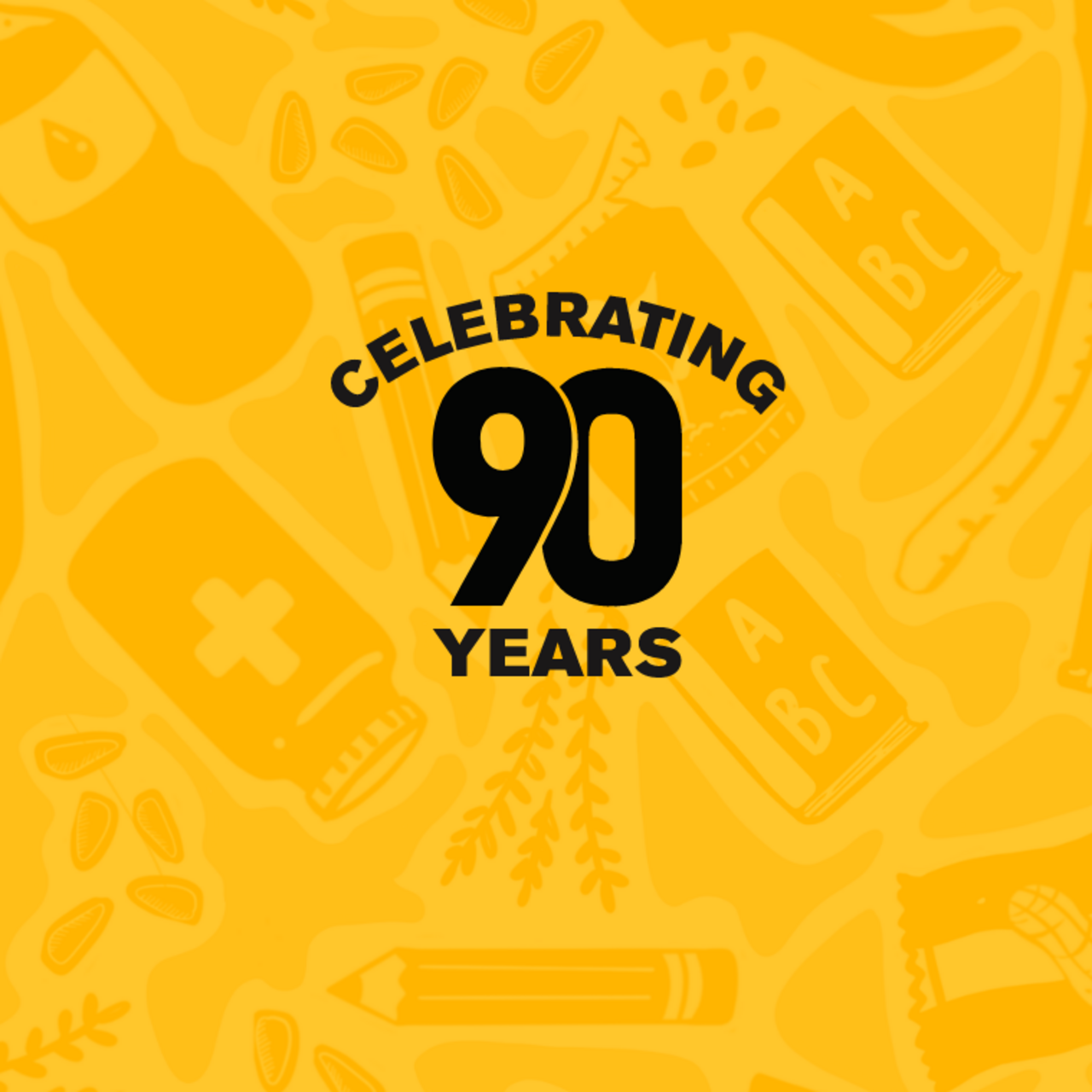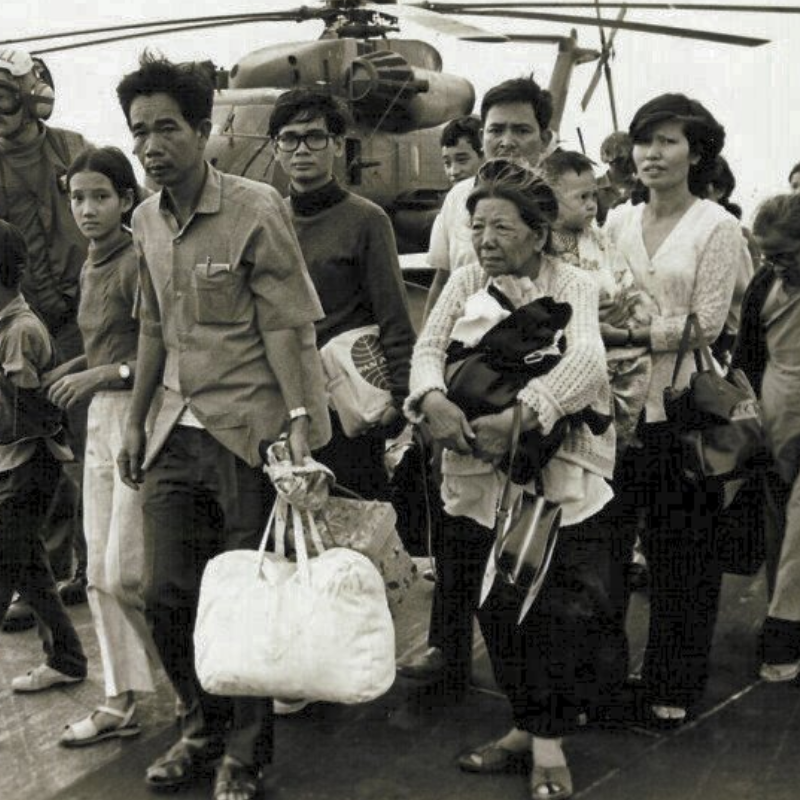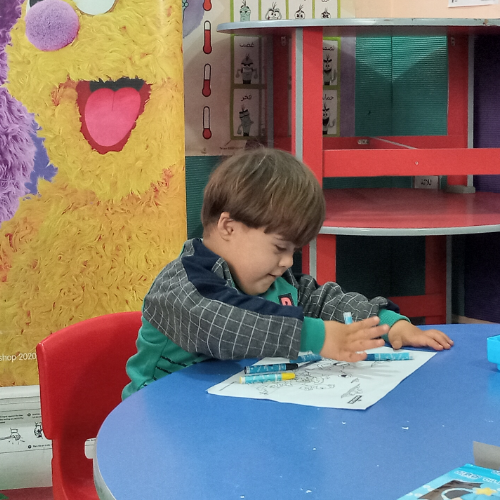
How well do you know the IRC?
Test your knowledge with our anniversary quiz!

Test your knowledge with our anniversary quiz!
For nearly a century, the IRC has met every challenge with unwavering determination. We initiated a daring operation to help refugees escape the Nazi regime. We helped change how America welcomes refugees. We launched the largest early childhood intervention in the history of humanitarian response.
Since 1933, the IRC has been at the forefront of providing not only aid but innovative solutions. As we celebrate our 90th anniversary, we don’t just look back—we look to the future.
Think you know the IRC? Take our 90th anniversary quiz!
Albert Einstein arrived in America on October 17,1933 after he and thousands of other Jews fled persecution in Nazi Germany. There, he helped found the organization that would become the IRC, establishing offices in New York, not far from the International Rescue Committee's current headquarters.
Netflix’s Transatlantic explores the story of how Varian Fry and the Emergency Rescue Committee (ERC) evacuated thousands of refugees from Vichy France during World War II.
When Hungarian protesters were attacked by secret police while marching on parliament square in Budapest, the IRC in Vienna left for Hungary with a truck full of medicine, becoming the first Americans to deliver aid after the attack.
We then began our biggest operation since the organization first assembled to support refugees. There were 200,000 Hungarian refugees who fled to Austria where the IRC prepared to receive them. We also opened health centers and shelters for displaced children in Great Britain, Belgium, West Germany and Sweden. And we helped Hungarian refugees resettle in the U.S.
When over 200,000 Angolan refugees escaped their country’s colonial government and fled to nearby Zaire (present day Democratic Republic of the Congo), the IRC was ready to support refugees in need.
This initiative made us one of the first humanitarian aid organizations to integrate local communities when delivering support in decolonized Africa.

We set up processing centers at government facilities that were turned into refugee camps and worked to find Americans to “sponsor” refugees—a new concept that became invaluable in welcoming and integrating refugees.
When the U.S. government closed its processing centers for these refugees in 1975, the IRC had already opened 16 resettlement offices across the country to help refugees find education and employment opportunities.
Almost 50 years later, we operate 28 refugee and asylum integration offices across the U.S. that continue to help resettled refugees thrive in their new communities, as well as running resettlement and integration programs in the UK, Germany, Serbia, Greece, Italy and more.

Ahlan Simsim programs and services have reached over 1.7M children and caregivers across Iraq, Jordan, Lebanon and Syria with a combination of in-person services and innovative remote program delivery, and in partnership with local NGOs and Ministries of Education, Health and Social Development across the region.
The initiative has reached more than 23 million children through the production of the Ahlan Simsim show, an Arabic-language version of Sesame Street. On Ahlan Simsim, Muppets have storylines that help children identify big feelings like fear and frustration and teach them coping strategies in addition to ABCs and 123s.
The IRC has introduced a revolutionary protocol to address malnutrition by simplifying treatment for children with acute malnutrition. The simplified protocol means that all children with acute malnutrition can be treated with one product, at one location. A recent study, conducted in partnership with the Mali Ministry of Health, treated over 27,000 children, resulting in a 92% recovery rate. In a previous study in Somalia, 98% of children treated by the IRC recovered.
The IRC is leading the way and asking world leaders to join us in stepping up to solve the global malnutrition crisis.
When Hurricane Katrina destroyed a swath of the Gulf Coast in August 2005, the IRC dispatched an emergency team of relief experts to Louisiana. That was our first response to a humanitarian crisis in the United States.